How to Thicken Homemade Frosting
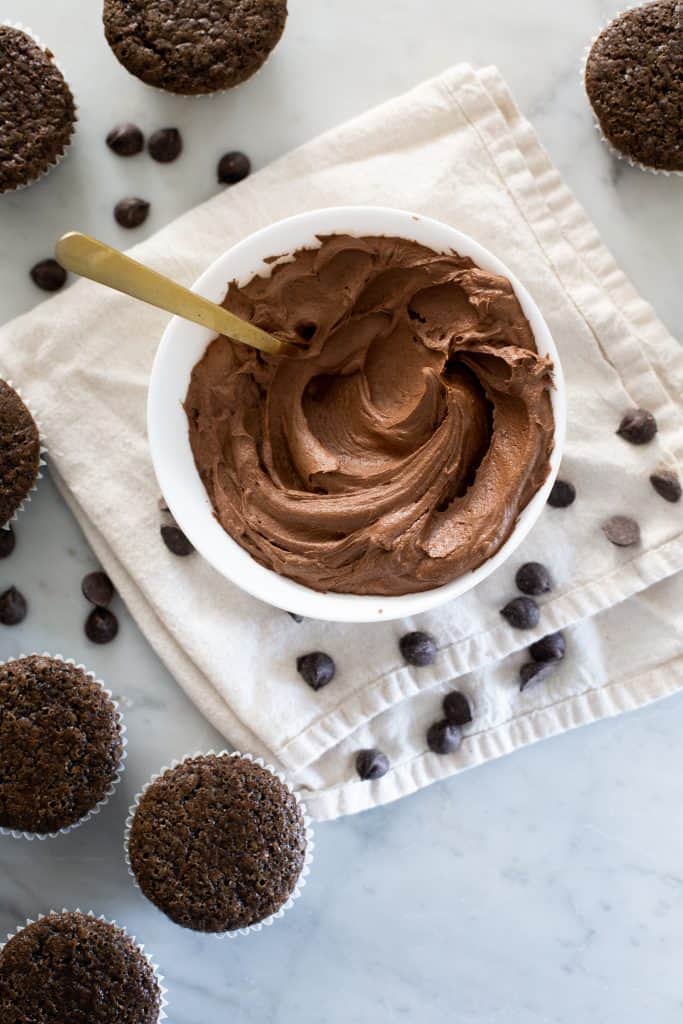
Creating the perfect frosting can be a baker’s nightmare, especially when it turns out runny instead of a thick and creamy, spreadable consistency. Whether you’re working with cream cheese frosting, buttercream frosting, or any other variation, achieving the right consistency is crucial for enhancing the flavor of your favorite cakes. In this guide, we’ll explore different methods and tips on how to thicken homemade frosting, so you never encounter runny icing again.
Powdered Sugar Magic: One of the most common ways to thicken frosting is by adding more powdered sugar. Start by incorporating small amounts until you achieve the perfect consistency. This method works well with cream cheese frosting, buttercream frosting, and other basic recipes.
Liquids in Moderation: When using liquid ingredients like milk, cream, extract, food coloring etc. it’s essential to add them in moderation. Too much liquid can lead to a runny frosting disaster. Begin with a small amount, and gradually increase if needed. An easy way to incorporate milk is by using an electric mixer at low speed to ensure a smooth blend. I like to add my powdered sugar to the butter or cream cheese and then slowly add 1 teaspoon of milk/cream at a time so it doesn’t get runny. Also consider Gel food colorings or vanilla bean paste to avoid adding extra liquids.
Butter and Room Temperature: Room temperature butter is a game-changer when it comes to thickening frostings. Softened butter blends seamlessly with other ingredients, providing a smooth and rich texture to your frosting. Mix it well using an electric mixer for the best results. If your butter is too melty, let it firm up in the fridge for a bit before making frosting.
Double Boiler Technique: For chocolate frosting lovers, melting chocolate over low heat using a double boiler is a great option. Melted chocolate can add thickness and flavor to your frosting.
Heavy Cream: Heavy whipping cream is an effective way to achieve a thicker consistency. Whip it to soft peaks before incorporating it into your frosting. This technique is especially useful for creating whipped cream frostings with a light and fluffy texture. I sometimes fold in some heavy cream to make a thicker frosting instead of milk.
Powdered Sugar Alternatives: If you’re looking for alternatives to powdered sugar, consider tapioca starch or arrowroot starch. These can serve as excellent thickening agents for your frosting, providing a unique texture to your creation. Add 1 teaspoon at a time on low speed to runny frosting if you want to thicken it without adding more sugar.
Cold Ingredients vs. Hot Kitchen: Be mindful of the temperature in your kitchen. If it’s too hot, your frosting may become runny. Conversely, cold ingredients can help maintain a thicker consistency. Consider chilling your frosting briefly if needed until it thickens up a bit
Additional Flavor options: Experiment with additional ingredients such as vanilla extract, cocoa powder, peanut butter, freeze dried fruit, and brown butter to not only thicken your frosting but also to flavor it. Dry/thick ingredients like cocoa powder, freeze dried fruit (powder,) and peanut butter will help thicken frosting, while vanilla and brown butter should be added sparingly to make sure it’s the right texture.
Storage Tips: Once you achieve the perfect consistency, store your frosting in an airtight container. This prevents it from drying out and maintains its spreadable texture for a longer period. You can chill most frosting in the fridge for up to 2 weeks, but you may need to whip it up a bit with mixer to make sure it gets creamy again.
Conclusion:
Mastering the art of thickening homemade frosting requires a mix of the right ingredients, techniques, and a dash of creativity to make any flavor you like. By following these tips and experimenting with different methods, you’ll be well on your way to creating the perfect frosting for your beautiful cakes, whether it’s for a special occasion or just to satisfy your sweet tooth.
Favorite Frosting recipes:
- Chocolate Frosting (part of the Football Cupcakes recipe)
- Brown Butter Frosting
- Raspberry Buttercream

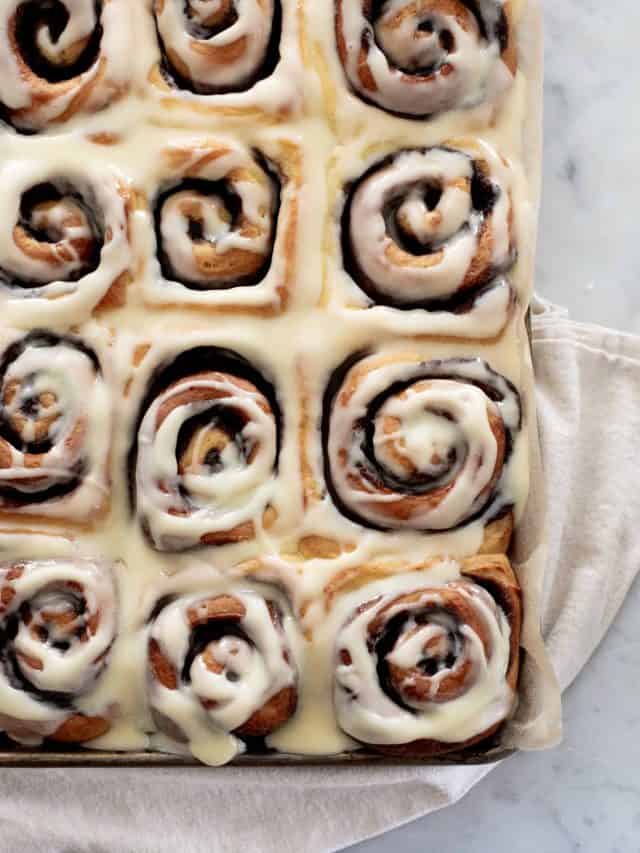
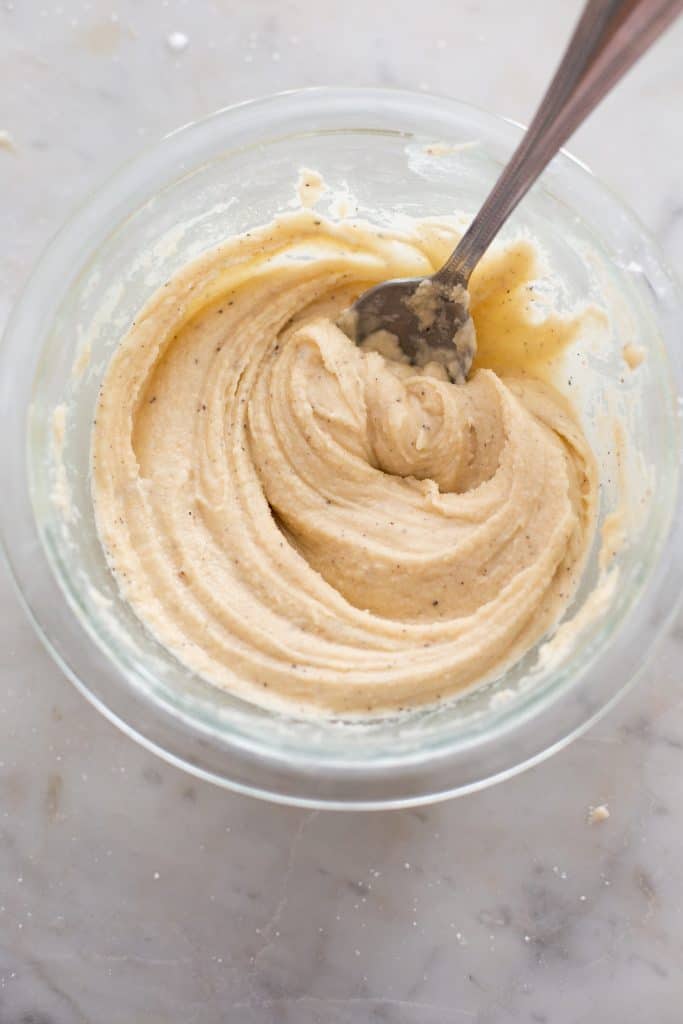
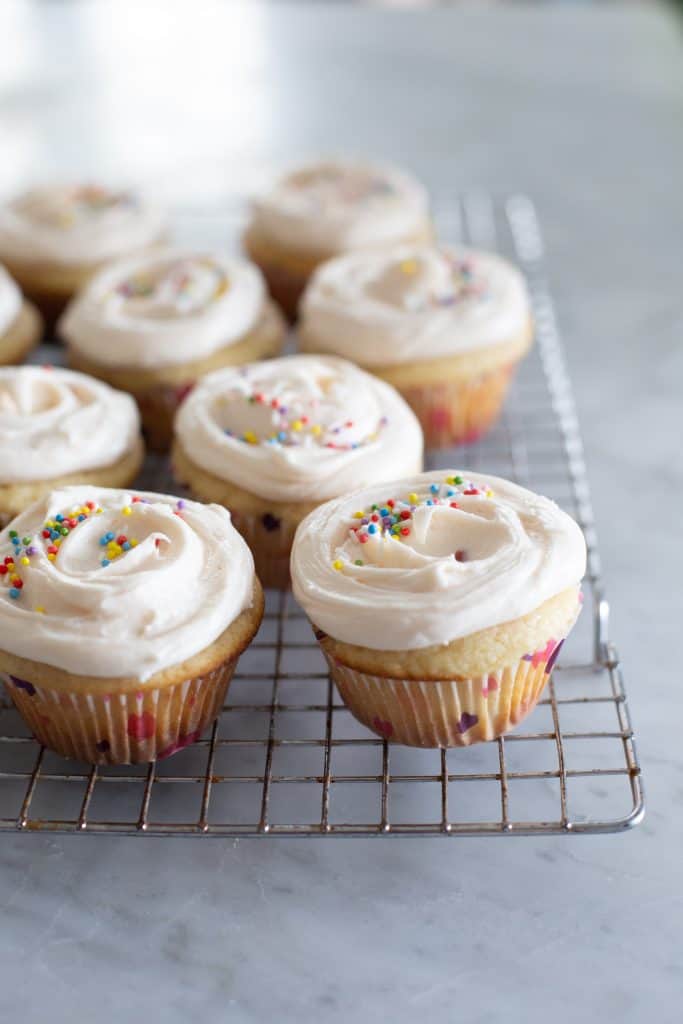
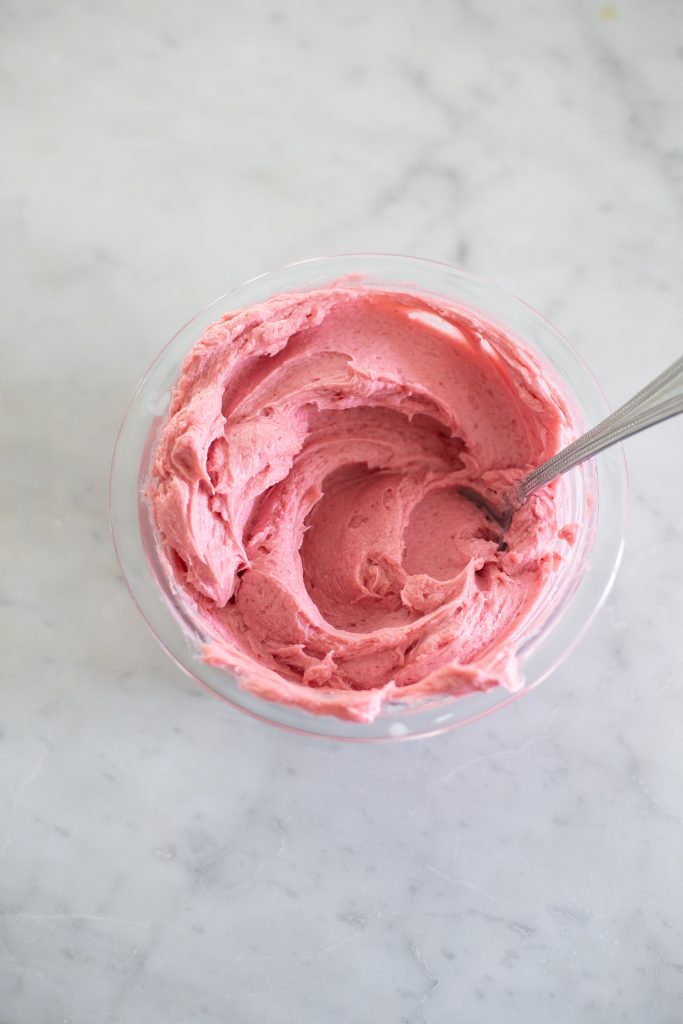
Thank you so much for this tutorial! I’ve been struggling with getting my frosting to set properly and this helps clarify things. Can’t wait to try it out and make some amazing treats with my new thicker frosting
Thank you so much for the tutorial